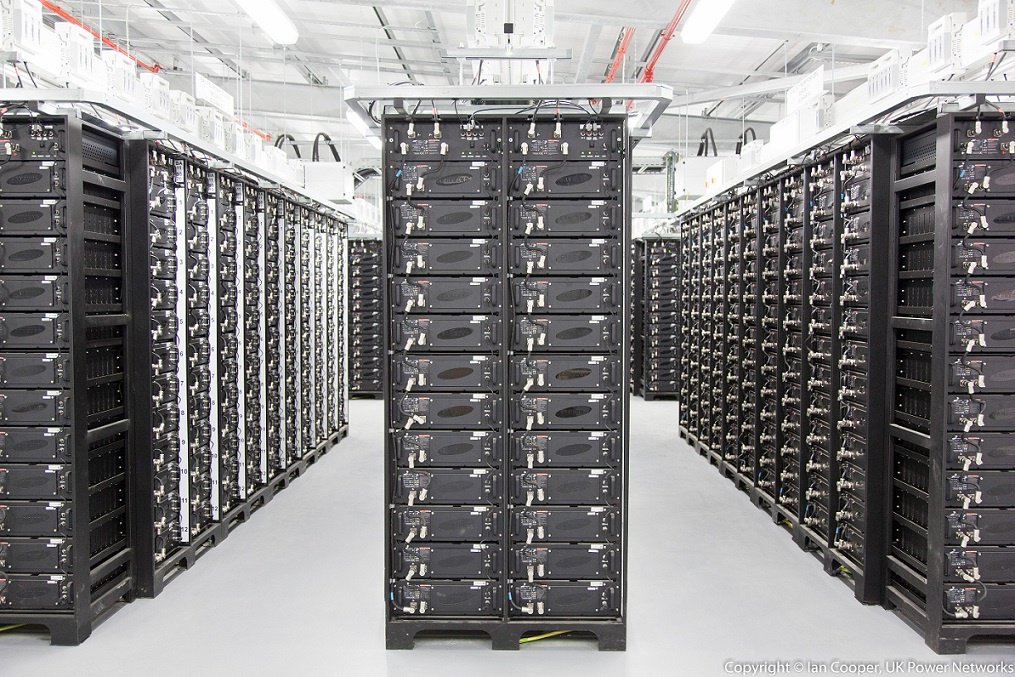We are living in an era of big batteries, and they are getting bigger. Isn’t there a song about this: I like big batteries and cannot lie. You other utilities can’t deny, that when lightning takes out the power with a roaring CRASH but big batteries flip it back ON.
In California, there’s a plan for a colossal battery that will have a capacity of 1,500 megawatts (MW) and 6,000 megawatt-hours (MWh). One phase of the Moss Landing installation comes from a Texas-based energy company called Vistra Corp, and the company has received the construction permit and is, with battery supplier Tesla, kicking the project into high gear. The system is currently under construction alongside an existing gas-fired power plant. Back in May, Vistra Corp announced its plans to expand the size of its battery energy storage system in Moss Landing, CA.
Vistra Corp hopes to develop a second phase and has entered into a 10-year resource adequacy agreement with California’s Pacific Gas and Electric Company (PG&E), which is subject to approval by the California Public Utilities Commission. This would mean the development of two Moss Landing energy storage projects.
The first one, a phase 1 battery storage plant, would have a power capacity of 300 MW and energy capacity of 1,200 MWh, while the second phase would be 100 MW and 400 MWh, according to S&P Global Market Intelligence. S&P has noted that the Commission has approved the planned expansion. If completed soon, this would mean that Vistra’s planned Moss Landing storage project would easily top the list of America’s largest battery storage systems — and the world’s as well.
S&P also noted that Vistra is one of the largest carbon emitters in the U.S. power sector but that it is slowly moving away from fossil fuels. It’s emerging as a key partner for California while helping the state balance rising volumes of variable renewable energy generation with energy storage. It is also diversifying its own fossil fuel–heavy power mix with investments into renewables and batteries.
Vistra’s President and CEO, Curtis Morgan, told S&P in an email, “California is certainly the most attractive location for us to pursue further battery investment at economic terms given the resource adequacy contracts.” Vistra hopes that its work in California will help cut its emissions by 50% before 2030 and it wants to eventually cut its dependence on fossil fuels. “We believe the power sector will ultimately evolve entirely away from coal and, in the longer term, away from natural gas,” Morgan told S&P. “This is why we expect to dedicate roughly 25% of our free cash flow to investing in renewables and batteries.”
Read more: CleanTechnica




